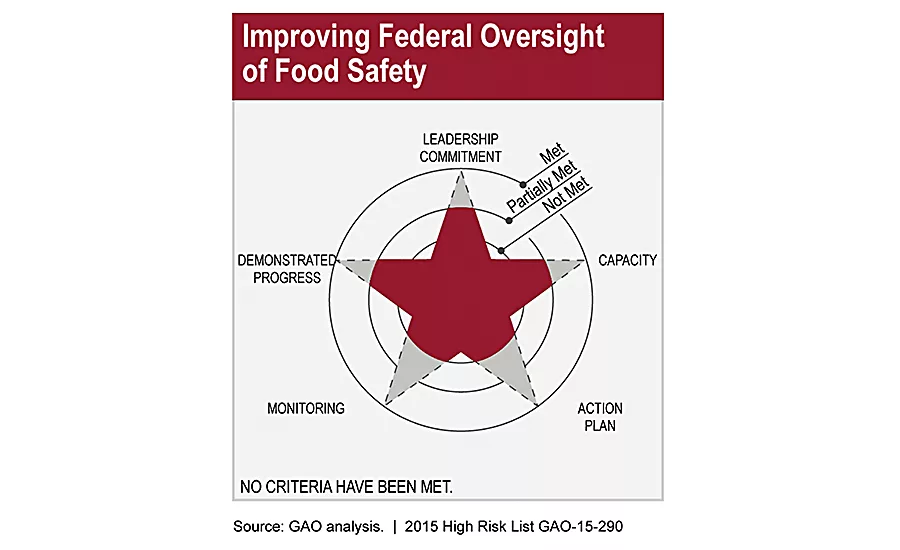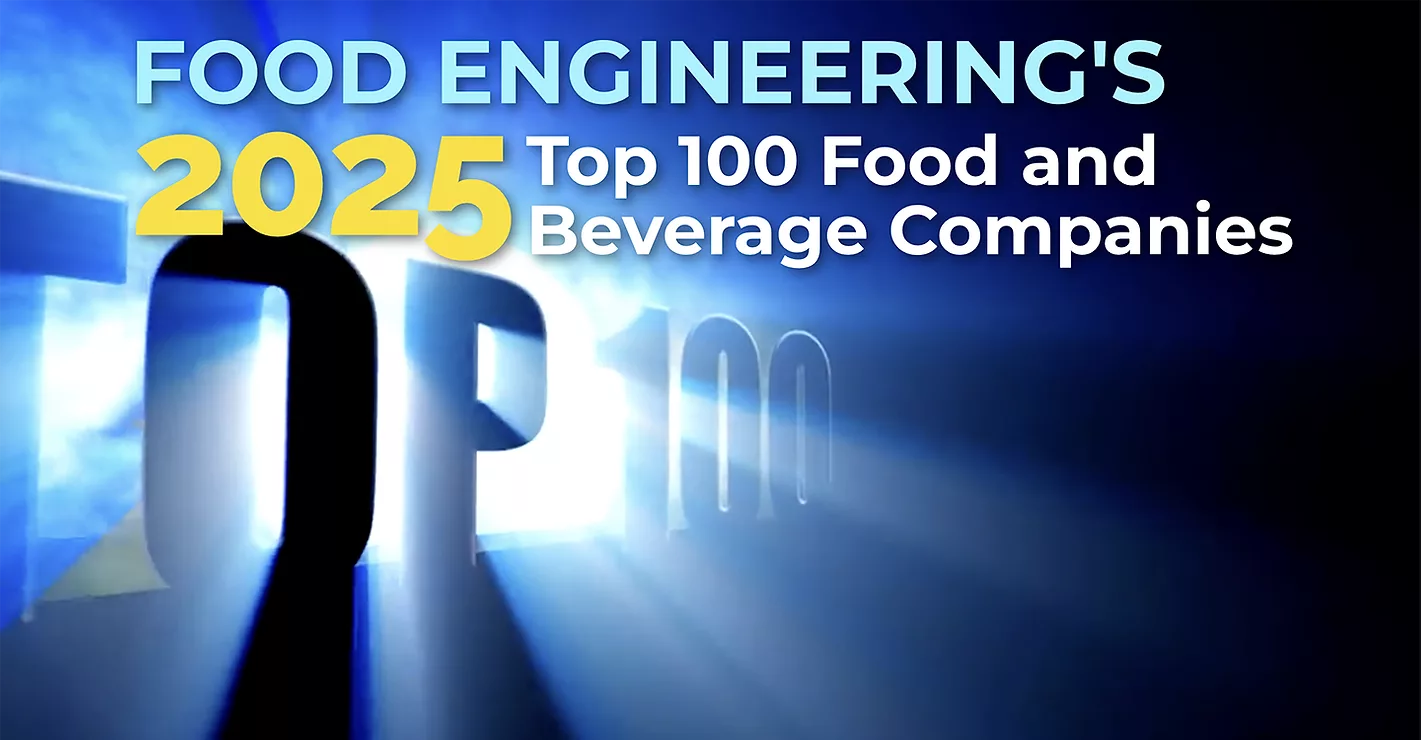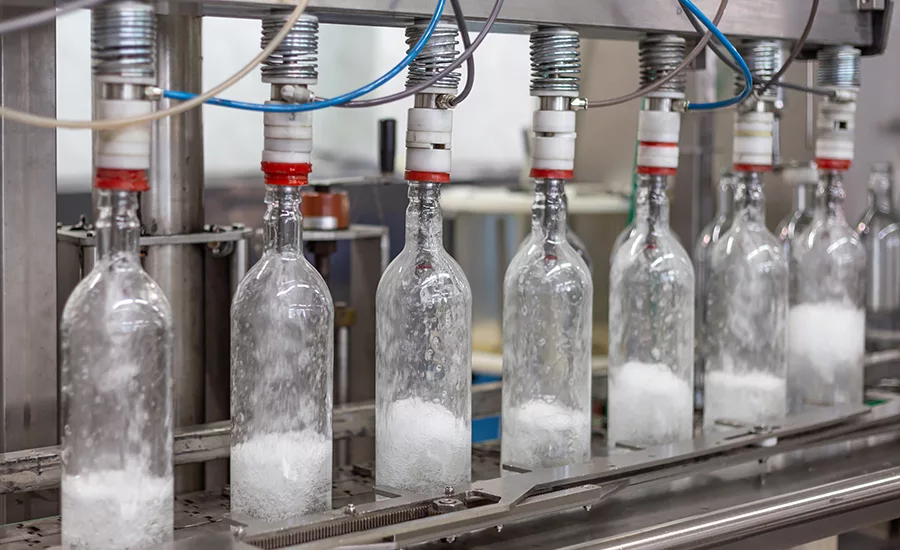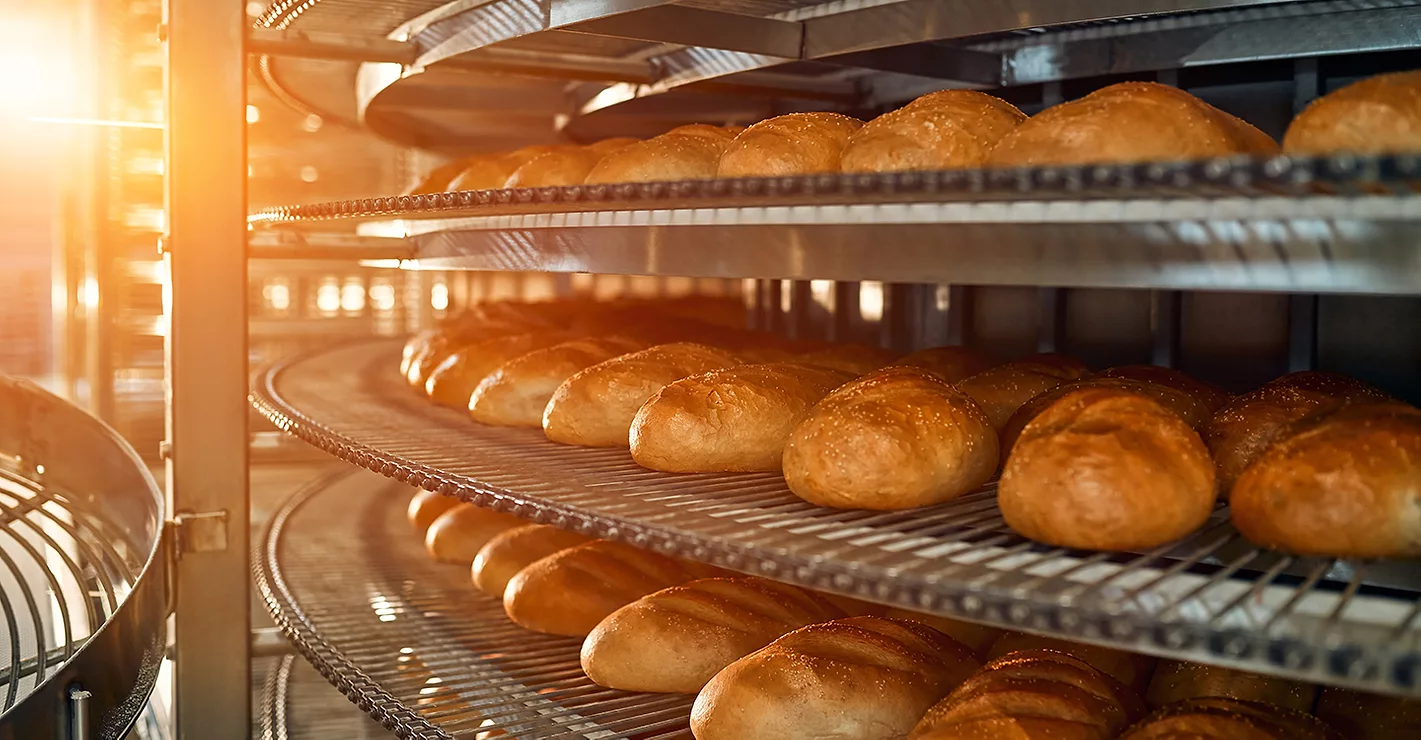Manufacturing News
GAO believes federal oversight of food safety is disjointed

GAO rates the performance of Federal food safety agencies as less than stellar, with improvement needed in several areas, especially action plans and monitoring. Source: Government Accountability Office.
Recently, GAO personnel changed the name of a document from “Revamping Federal Oversight of Food Safety” to “Improving Federal Oversight of Food Safety.” The move reflects GAO’s belief food safety efforts in the US are disjointed, with 15 different responsible agencies and 30 applicable laws. Yet, this fragmentation in food safety oversight can be overcome by improving planning and collaboration.
The President’s Food Safety Working Group (FSWG) was designed to improve communications among Federal agencies. But, it hasn’t met in more than three years, despite being tasked to “coordinate with other agencies and senior officials to advise the President on improving coordination throughout the government, examining and upgrading food safety laws, and enforcing laws that will keep the American people safe,” according to President Obama’s Weekly Address on March 14, 2009.
GAO has cited three major factors adding to food safety issues. FSMA has addressed the first of these—the increasing amount of imported food products coming into the US. Secondly, consumers are eating more raw and minimally processed food. And third, the number of people particularly susceptible to foodborne illnesses is growing.
In 2011, the GPRA Modernization Act (GPRAMA) was passed, with the intent of improving communication among Federal agencies. The law requires each agency to create strategic and performance planning documents that describe how it works with other agencies to achieve its goals.
According to GAO, HHS and USDA have taken steps to implement GPRAMA’s cross-cutting requirements for their food safety efforts but have not fully addressed cross-cutting food safety in their strategic and performance planning documents. In addition, they haven’t included several relevant cross-cutting efforts, such as the National Antimicrobial Resistance Monitoring System, which tracks whether foodborne and other bacteria are resistant to the antibiotics used to treat patients and/or prevent the spread of illness.
Often, planning documents reveal how much more must be done to integrate the agencies’ knowledge and reach to develop a single, government-wide food safety performance plan. A unified plan is important because, in the future, government agencies will no longer be able to go it alone.
FDA and FSIS are working to facilitate interagency food safety coordination. However, the existing mechanisms they employ focus on specific issues; none provides for broad-based centralized collaboration. For example, FDA and FSIS are collaborating with CDC through the Interagency Food Safety Analytics Collaboration to improve estimates of the most common sources of foodborne illness. However, this and other mechanisms do not allow FDA, FSIS and other agencies to look beyond their individual programs to determine how each contributes to the Federal food safety goals.
FSMA includes numerous provisions requiring interagency collaboration. But, these also focus on specific topics and don’t provide for centralized, broad-based collaboration with food safety regulations and programs. While Federal food safety agencies have partially met the criteria to address the fragmentation of food safety oversight, OMB (Office of Management & Budget) must develop a government-wide performance plan for food safety. Unfortunately, OMB has taken no action in four years to develop such a plan. And, although the FSWG was supposed to be a solution to centralization, the group is no longer meeting.
GAO has consulted with food safety experts who state a centralized mechanism is necessary to foster effective interagency collaboration and enhance food safety oversight. Consequently, the agency has suggested Congress consider directing OMB to develop a government-wide performance plan for food safety and formalizing the FSWG through a statute. In addition, GAO is encouraging HHS and USDA to follow GPRAMA regulations related to cross-cutting requirements.
Looking for a reprint of this article?
From high-res PDFs to custom plaques, order your copy today!






